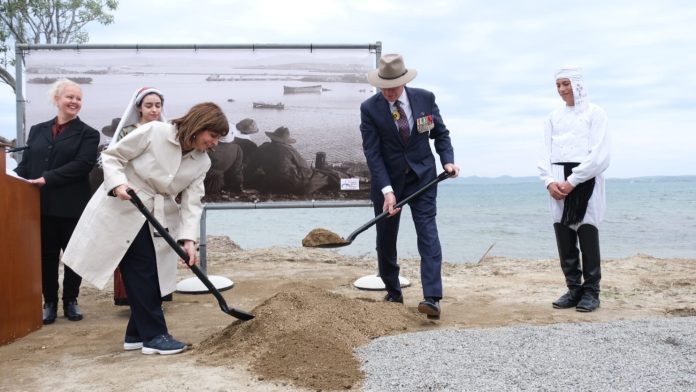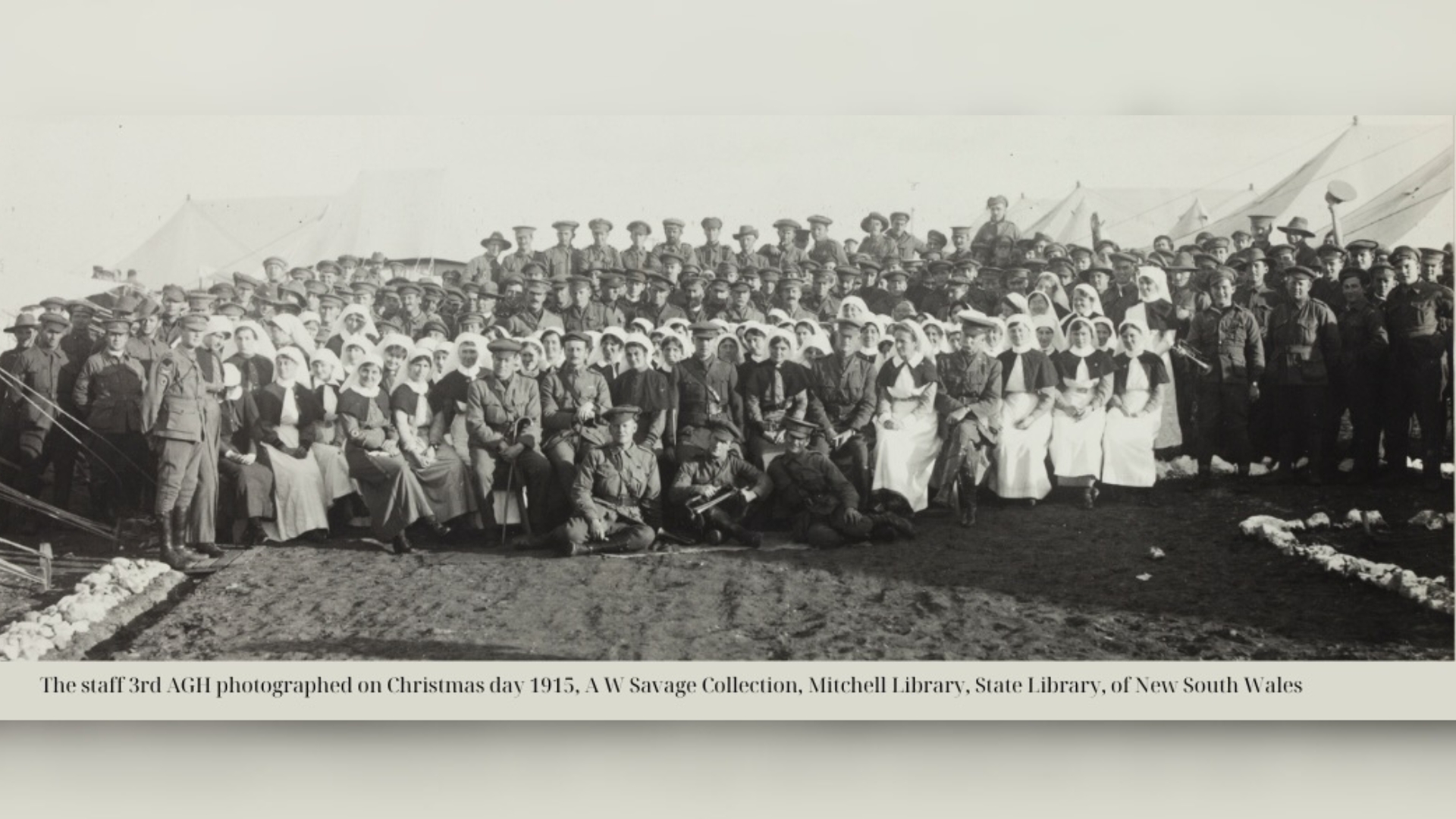The Lemnian Association of NSW, in partnership with the Consulate General of Greece in Sydney, will present the documentary Anzac. Lemnos. 1915. at the Lemnos Club in Belmore on Tuesday, April 23.
Many Australians know of Gallipoli. Few know of Lemnos and of this humble Greek island’s critical contribution to the Dardanelles campaign.
For the first time, with rare photo archives and compelling personal accounts, this unique documentary explores a little-known setting during Australia’s first war that was crucial in the shaping of the country’s modern identity.
The one-hour documentary will be broadcast for the first time on Anzac Day 2024 on SBS. A pre-screening will take place at the premises of the Lemnos Club (44 Albert Street, Belmore, NSW 2192).
Event details:
- What: Pre-screening of Anzac. Lemnos. 1915.
- When: Tuesday, April 23.
- Time: 6:30pm for a 7:00pm start.
- Cost: Free admission.
A few words about the documentary:
In May 2023, Australia’s Governor-General David Hurley joined the President of the Hellenic Republic Katerina Sakellaropoulou in a ground-breaking ceremony on Lemnos to mark the beginning of construction for an Anzac Remembrance Trail – a project of historical significance for both countries. But why?

Supported by rich and rare archive and gripping personal accounts, Anzac. Lemnos. 1915. brings to life a little-known chapter in Australia’s wartime history for the first time.
March 1915 marked the first arrivals of thousands of Allied troops as the island was transformed into a base for the Dardanelles campaign. Mudros Bay became the anchorage for one of the largest fleets ever assembled in the modern world.
50,000 Anzacs passed through Lemnos to and from the Gallipoli frontline. By the end of the first day’s battle, 25th of April, more than 2,000 Allied troops were dead or wounded. Between August 7th and November 11th 96,943 sick and wounded had arrived in Mudros Harbour from the frontlines.
Just 136 Australian nurses cared for thousands of wounded, sick and dying with such limited supplies that they tore their petticoats to use for bandages. They performed their duties through exhaustion and sickness with unflinching stoicism. Australian field hospitals provided pioneering medical practices – ophthalmology, X-Rays and bacteriology.
Lemnos was developed into a substantial support base – hospitals, supply units, camps for R & R (rest and recuperation) throughout the campaign. As Royal Australian Navy historian, John Perryman says, “No Lemnos, no Gallipoli.”
148 Australians and 76 New Zealanders remain in Lemnos buried in two Commonwealth War Graves.
Anzac. Lemnos. 1915. is a fascinating new chapter in Australia’s history of the Gallipoli campaign – a story of courage, sacrifice, resilience and enduring friendship. It is also the story of a small island in the Aegean Sea that shaped an everlasting bond between Greece and Australia.

